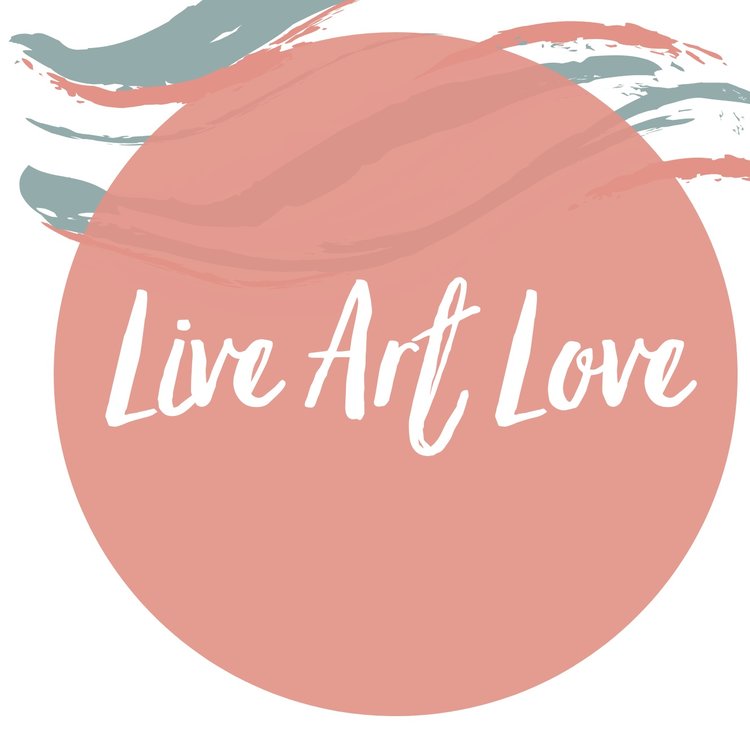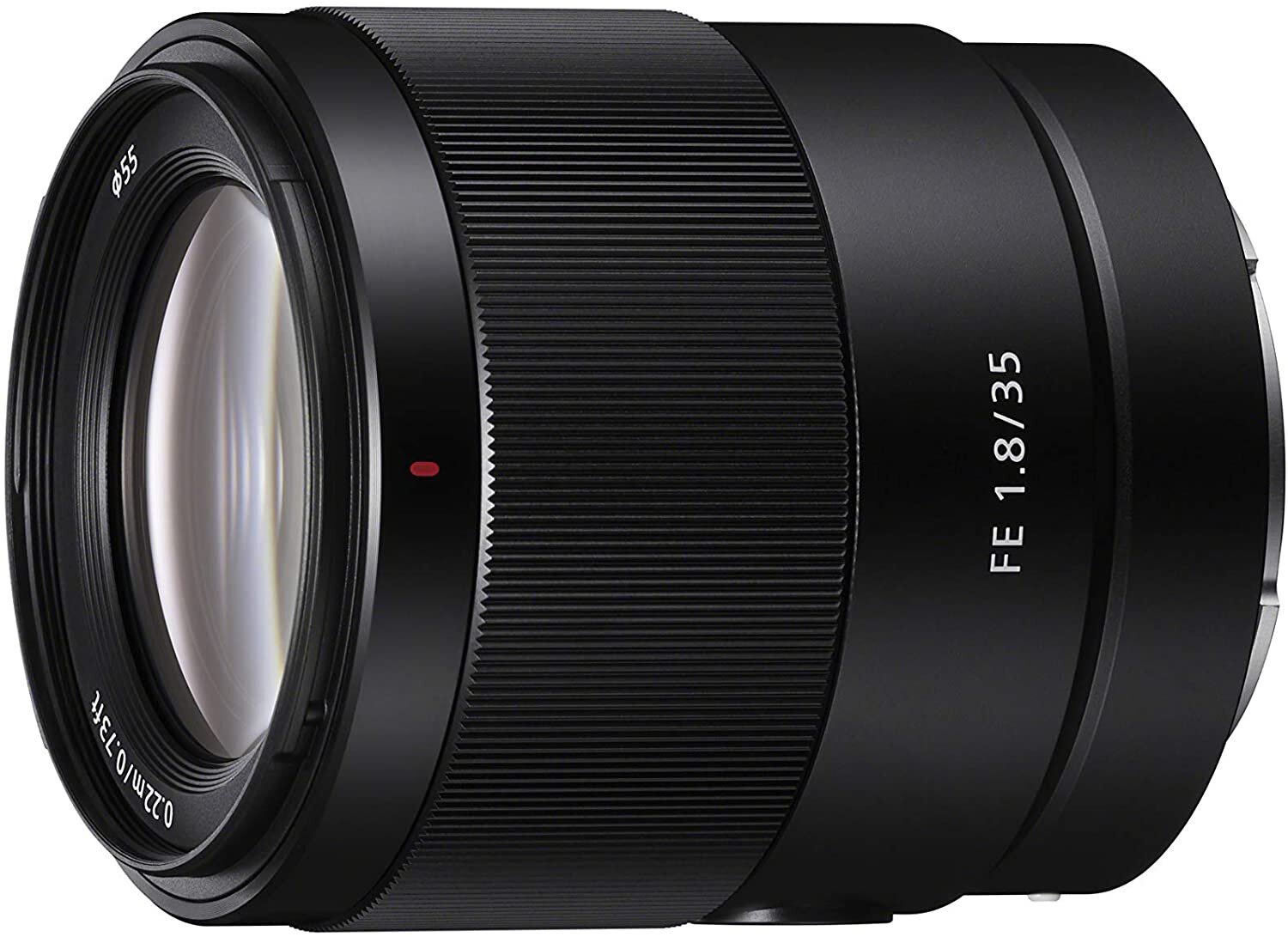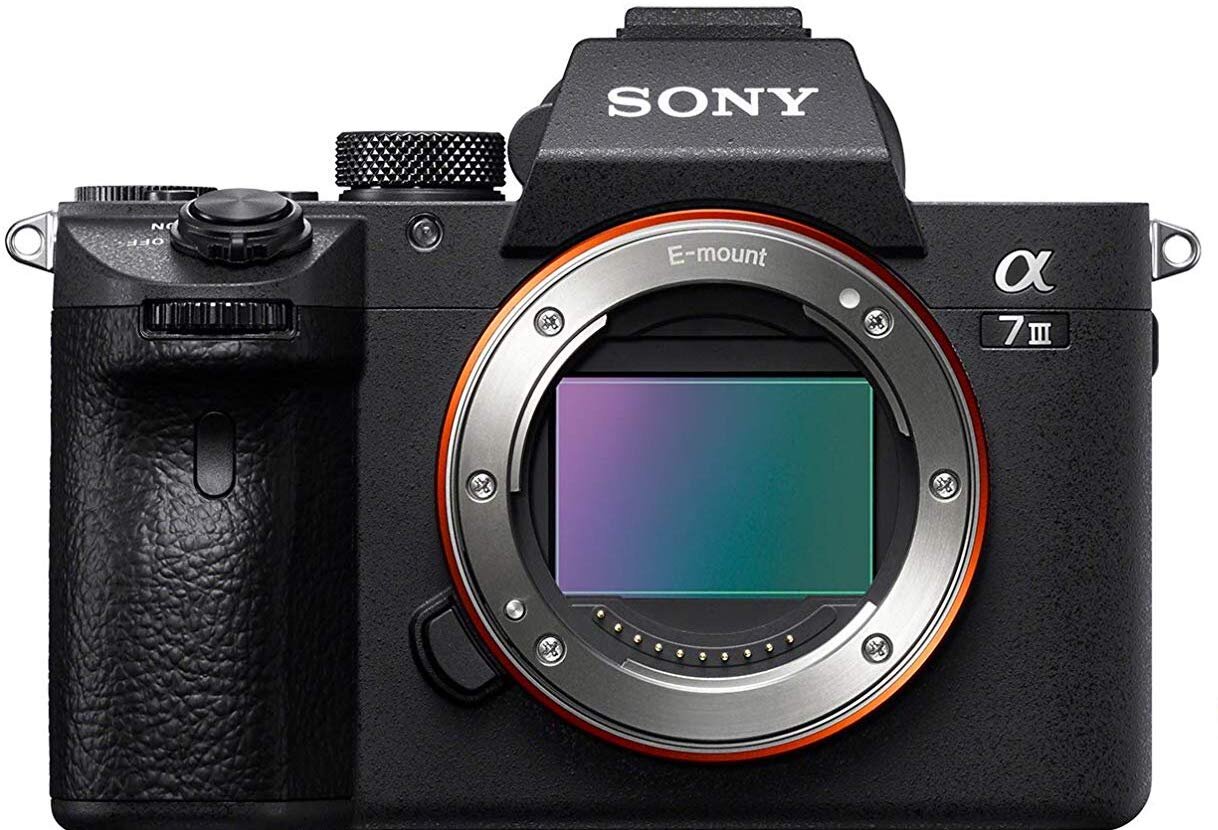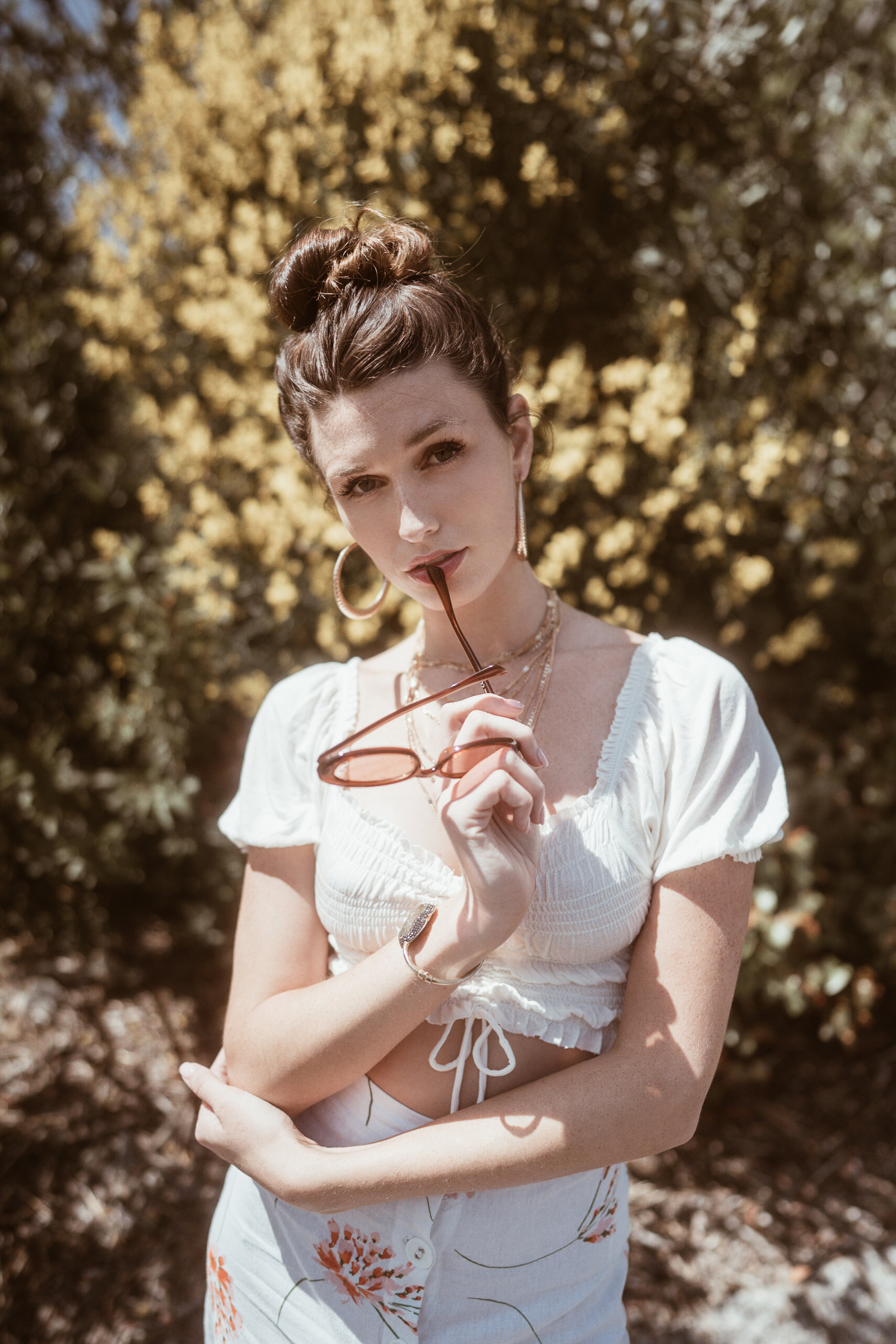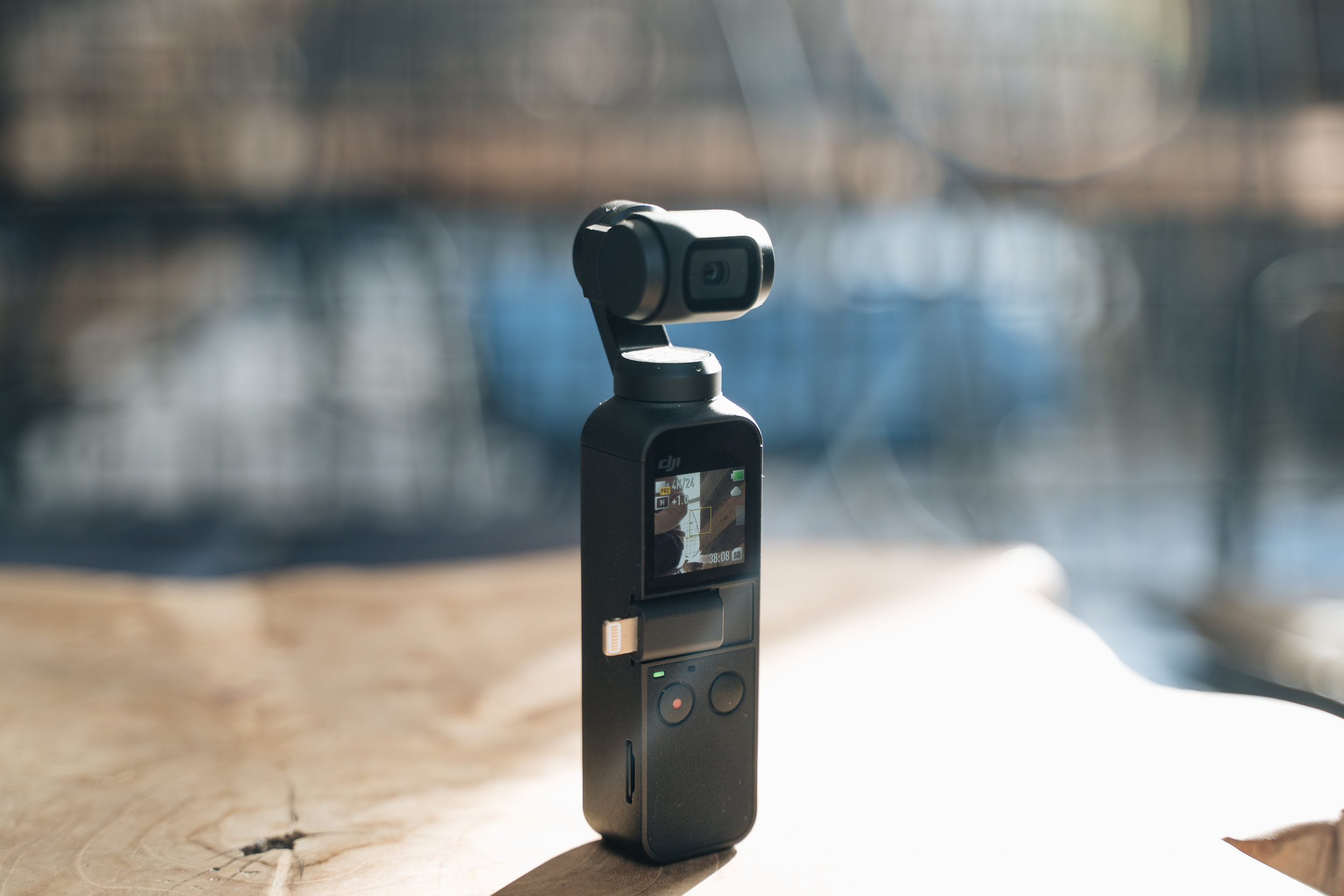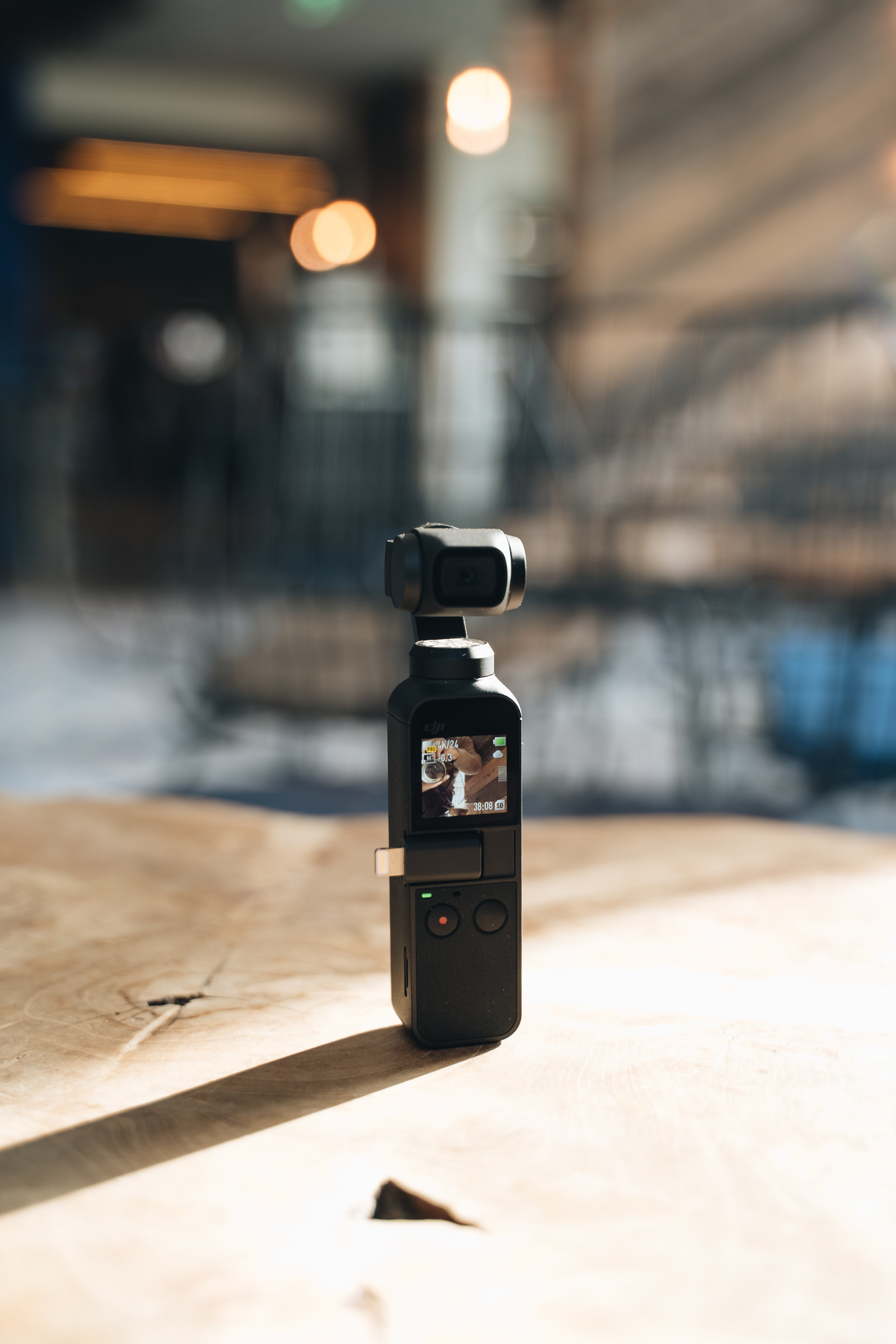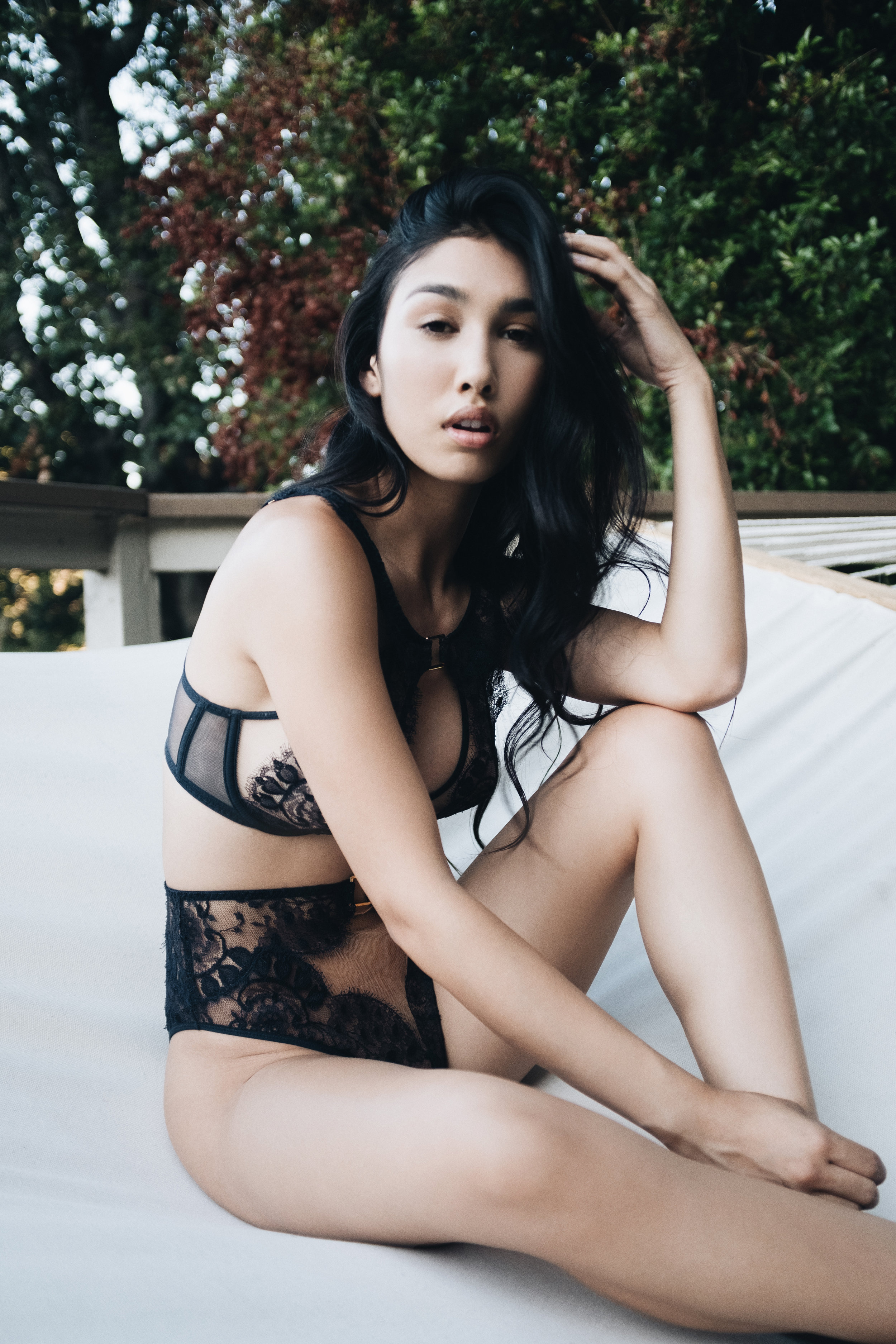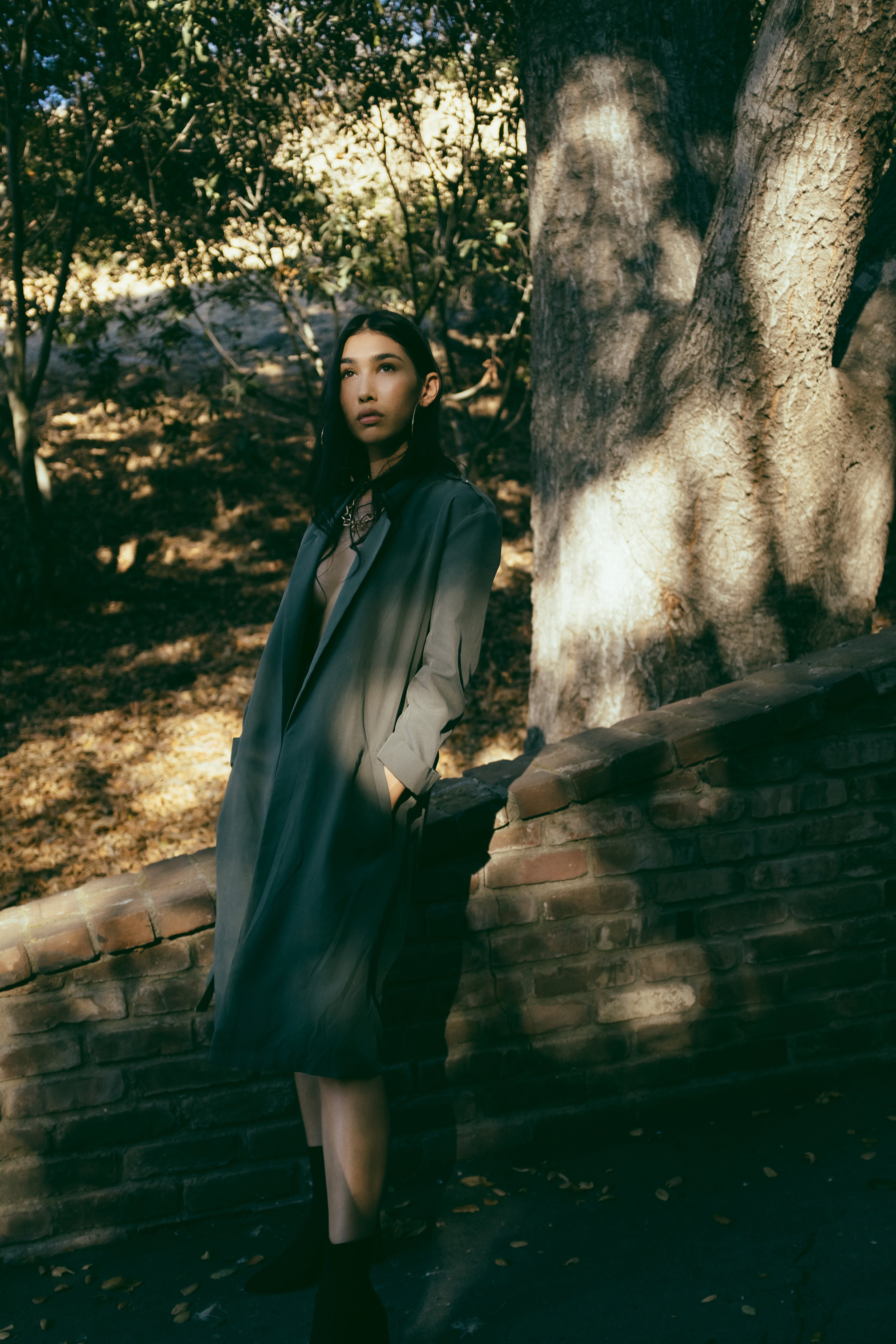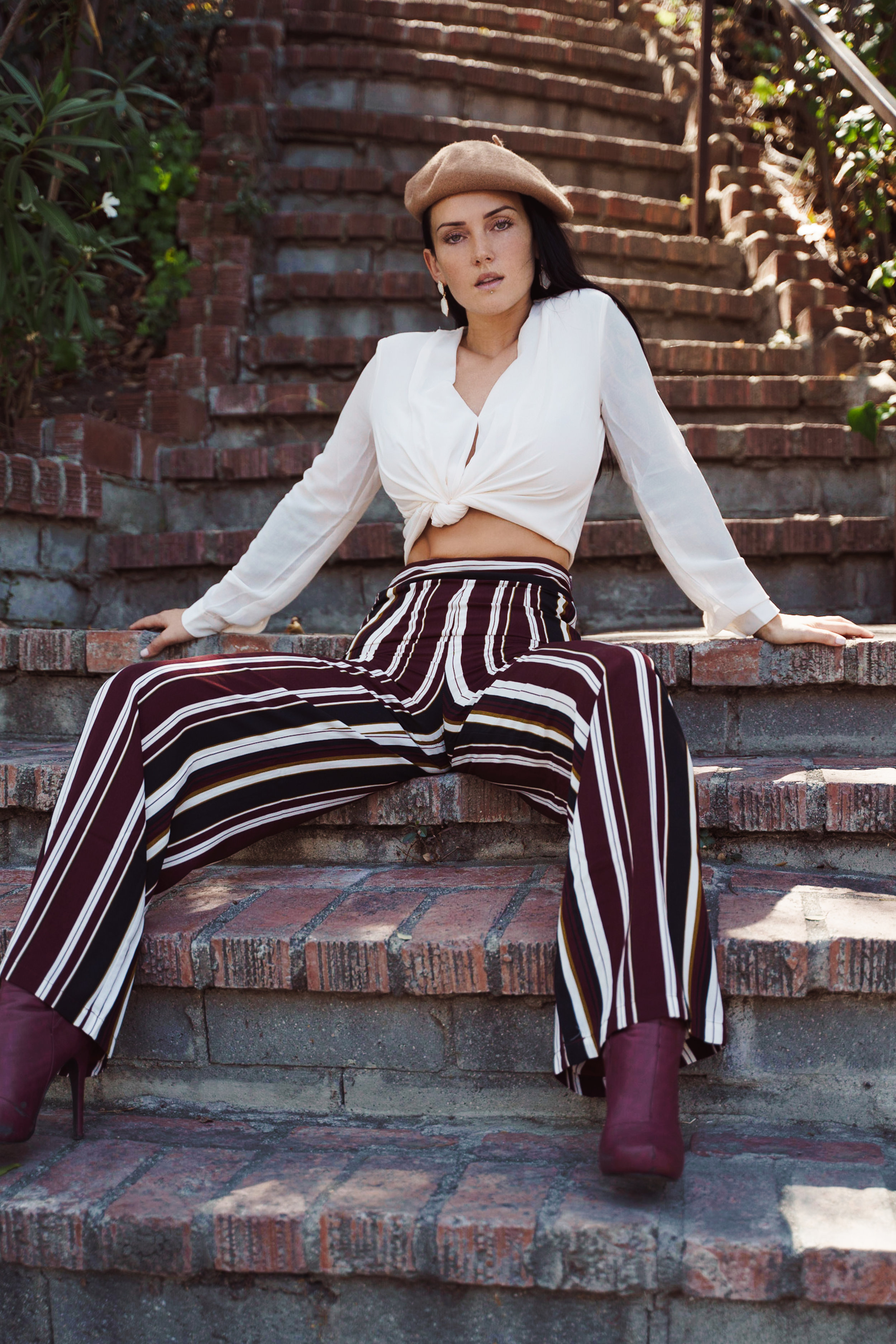Disclosure: This post may contain affiliate links, which means we may receive a commission if you click a link and purchase something that we have recommended. Helping us to keep making cool tutorials and videos.
When looking for the right lenses for video and photography. It’s important to try out various brands and different focal lengths. We tested out many Sigma lenses and though they aren’t perfect I recommend them for hybrid shooters.
Cheaper than the Sony 35MM 1.8 the Sigma 35MM 1.4 has certain features that make it a stand out compared to that lens. I will answer the question if you should buy the Sigma 35MM 1.4 as a hybrid shooter?
One of the main reasons why I love Sigma lenses is their build quality. The Sigma lenses will stay intact from drops. They have a solid and metal feel. Which feels more professional when shooting. Which is great for shooters wanting their gear to have a higher quality perception. I use these lenses on my Sony A7III camera.
Model image captured with the Sigma 35mm 1.4 lens on the Sony A7III
Model image captured with the Sigma 35mm 1.4 lens on the Sony A7III
How is Autofocus on the Sigma?
A flaw I see with the Sigma lenses is they all have different filter sizes. Which makes mounting to a matte box or adding lens filters a slow process. All the lenses have different diameters on the front. I wish they were uniform like the Cine versions of the lenses. The autofocus on the lenses is very good. Not as good as a native Sony lens. But good enough for most practical shooting scenarios. It’s snappy when shooting photos and smooth in video mode. Speaking of focus, one of the best things about the Sigma lenses is its manual focus rings.
How is Manual Focus compared to the Sony?
Sony is terrible with its focus by wire systems. But the manual focus is where the Sigma lenses shine. I enjoy being able to autofocus and then manual focus when needed.
What is the image quality?
Image quality with these lenses is sharp, and the color is very nice. When it comes to the image quality and the cost. Sigma is making some of the best lenses on the market next to Canon. You’re getting a cinematic image compared to a lot of lenses that tend to look more video and digital.
Model image captured with the Sigma 35mm 1.4 lens on the Sony A7III
Model image captured with the Sigma 35mm 1.4 lens on the Sony A7III
Conclusion
Comparing it to the Sony 35MM 1.8 which is an amazing lens. If you need an extra stop of light and want a lens that handles manual focusing better. Then I would go with the Sigma 35MM 1.4. But if you want a smaller everyday travel lens Sony 35mm 1.8 is a better bet. I recently sold all my Sony lenses to switch to Sigma glass. For better manual focusing and build quality.
Thanks for Reading!
LIVE ART LOVE TEAM
P.S. If you’re interested to see all the equipment we shoot with head to our Gear Page.
